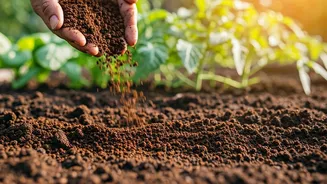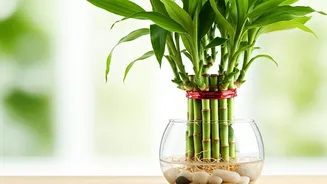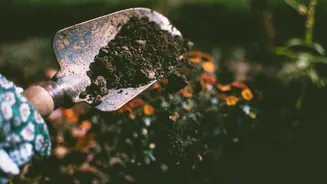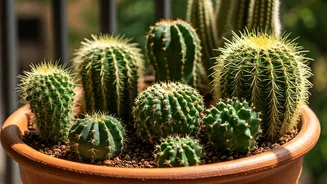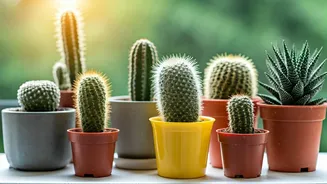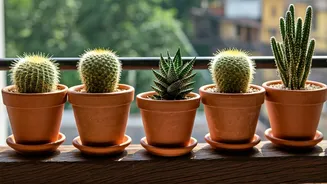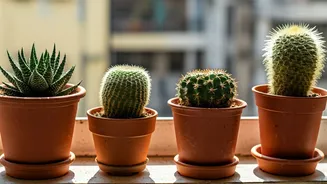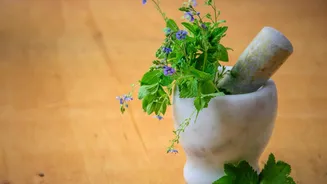Soil Enrichment Power
Coffee grounds, often discarded as waste, are a boon for gardens. They are rich in nitrogen, an essential nutrient for plant growth, and also contain other
vital minerals like potassium and phosphorus. Incorporating coffee grounds into your soil improves its structure, promoting better drainage and aeration. This allows roots to develop easily, ensuring plants get the necessary nutrients and water. Composting with coffee grounds also adds beneficial microbes to the soil, boosting its overall health and helping plants resist diseases. This organic method not only benefits your plants but also contributes to sustainable gardening practices, reducing the need for synthetic fertilizers and their negative environmental impact.
Compost Addition Explained
Adding coffee grounds to your compost pile is a simple yet effective way to enrich it. Coffee grounds are considered 'greens' in composting, meaning they provide nitrogen. However, they should be mixed with 'browns,' such as dried leaves or shredded paper, which provide carbon. The ideal ratio is roughly 1:1, by volume. Mixing ensures a balanced decomposition process, preventing odors and ensuring a nutrient-rich compost. The composted coffee grounds contribute to a fertile, balanced soil, supporting healthy plant growth. Remember that composting with coffee grounds is an ongoing process; it might take several months for the compost to be ready for use, but the benefits for your garden are well worth the wait.
Pest Deterrent Strategies
Coffee grounds also serve as a natural pest deterrent. The coarse texture of coffee grounds can be used as a physical barrier around plants. This can help deter slugs and snails, which don't like moving across the gritty surface. The caffeine present in coffee grounds is toxic to some insects, including ants, so sprinkling grounds around the base of plants can repel these pests. To use this method effectively, spread a thin layer of coffee grounds around the plants you want to protect, and reapply as needed, especially after rain. For larger garden areas, consider mixing coffee grounds into the soil before planting to help keep pests at bay. These measures provide a safe, environmentally friendly alternative to chemical pesticides, keeping your garden safe and thriving.
Acid-Loving Plant Boost
Coffee grounds slightly acidify the soil, making them particularly beneficial for acid-loving plants such as azaleas, rhododendrons, and blueberries. The acidity helps these plants absorb nutrients, leading to more vigorous growth and brighter blooms. Before using coffee grounds, it's a good idea to test your soil pH to make sure it is suitable for acid-loving plants. Mix coffee grounds directly into the soil before planting, or use them as a mulch around the base of the plants. The gradual release of acidity from the grounds provides a steady stream of nutrients. Avoid overusing coffee grounds, as too much acidity can harm other plants. Monitor your plants’ health, and adjust the amount of coffee grounds used as necessary to get the best results.
Mulching for Moisture
Using coffee grounds as mulch helps conserve moisture in the soil. When applied around plants, coffee grounds act as a barrier, slowing water evaporation. This is especially helpful during dry spells, reducing the need for frequent watering. Coffee grounds also suppress weed growth, as they block sunlight from reaching weed seeds. They eventually decompose and release nutrients, providing an additional layer of benefit. Apply a 1-2 inch layer of coffee grounds around plants, keeping them away from the stems to prevent rot. The mulch will break down gradually, enriching the soil. Remember that it might need occasional replenishing to maintain its effectiveness.
Worm Bin Supplement
Coffee grounds are a fantastic addition to worm bins, which accelerates the composting process. Worms love the grounds, which provide them with food and help them to thrive. The worms break down the coffee grounds, turning them into nutrient-rich castings, often called 'black gold' for the garden. To use coffee grounds in a worm bin, make sure to rinse them first to remove any excess caffeine, as too much can harm the worms. Add the grounds in moderation, mixing them with other compost materials like shredded paper and vegetable scraps. The worms will process the grounds quickly, producing compost that enriches the soil and promotes plant growth. This approach creates an efficient closed-loop system, promoting sustainability and reducing waste.
Fertilizer Tea Recipe
Making a coffee ground fertilizer tea is an easy way to deliver nutrients to your plants directly. To prepare this, add a cup of coffee grounds to a five-gallon bucket of water and let it sit for a few days, stirring occasionally. The coffee grounds will leach nutrients into the water, creating a nutrient-rich solution. After the mixture has steeped, strain the liquid to remove the grounds, then dilute the tea with water (usually at a ratio of 1:1 or 1:2) before using it on your plants. Pour the tea at the base of your plants or use it as a foliar spray. This method provides a quick nutrient boost, helping to improve your plants' health. Regular use of coffee ground tea supports plant growth and flowering, ensuring a beautiful, thriving garden.
Compost Tea Alternative
For an even more powerful fertilizer, create compost tea using coffee grounds as part of the ingredients. Compost tea is brewed by aerating compost and water, which promotes the growth of beneficial microbes. Add coffee grounds, along with other compost materials, to a brewing container filled with water. Use an aquarium pump or a similar device to aerate the mixture for 24-48 hours. The aeration process helps multiply the beneficial bacteria and fungi, making the tea very potent. Strain the tea before use. Compost tea made with coffee grounds is a concentrated fertilizer that boosts plant growth, increases disease resistance, and improves soil health. This method provides an organic approach to improving your garden.
